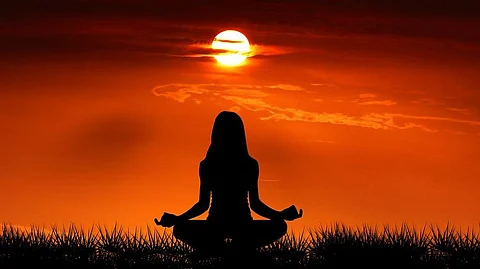Bhagavad Gita, the holy scripture of Hindus also states the importance of yoga, "Yoga is the journey of the self, to the self, through the self" it beautifully quotes. The history of Yoga is accurately is difficult to trace its has many places of obscurity and uncertainty. In those ages, texts and teaching were passed down orally. Not only was the oral transmission of sacred texts is a common occurrence but the secretive nature of its teachings was also a recurring phenomenon. Furthermore, earlier writings on yoga were transcribed on fragile palm leaves that were easily damaged, destroyed, or even lost making it difficult to trace the exact time of its inception. However, experts claim that the development of yoga can be traced back to over 5,000 years ago, some researchers even think that yoga may be up to 10,000 years old old.


